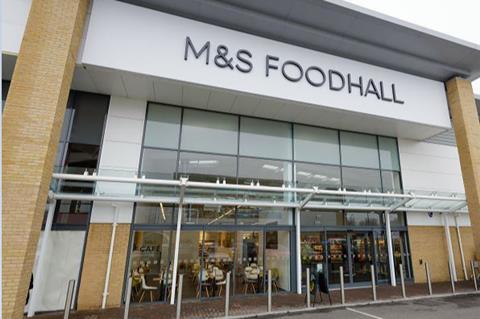
Marks & Spencer is set to open 104 food shops and shut 67 full-line clothing stores in the next three years as part of its accelerated store turnaround plan.
The retailer told investors on Wednesday morning it was going to speed up its transformation strategy so that the five-year goals it had initially set will now become three-year targets.
This means that the group is aiming to have a total of 420 Simply Food stores and 180 full-line stores by FY2026, therefore accelerating its goals to expand its Food arm of the business under the leadership of previous Food MD and now CEO Stuart Machin.
In recent years, M&S has focused on opening larger-format stores in areas such as retail parks to attract more families and achieve bigger basket spending.
It cited a “background of adverse macro-economic conditions” as the key reason for increasing the pace of change to create a “higher productivity business reducing costs, increasing margins and shifting volume into growth categories and channels”.
Read more:
Stuart Machin on M&S Food’s turnaround: ‘The job’s not done’
M&S Food invests in Remarksable value range amid soaring living costs
M&S Food to lock value range prices through summer
M&S also slashed the prices of its value-tier food range earlier this year to attract lower-budget shoppers, which has contributed to driving its value perception to its highest in years.
Now it has kept its goal to further invest £200m across clothing & home and food, where it maintains it has “substantial headroom for growth”.
“In Food, our 9.7% share of small baskets represents a current strength,” it said in a presentation to investors. “However, there remains an opportunity to grow medium and large basket share – through a broader range in bigger stores with a focus on ambient, frozen and non-food categories.”
M&S has also recently completed the acquisition of logistics specialist Gist to improve long-term efficiencies in its supply chain.



















No comments yet